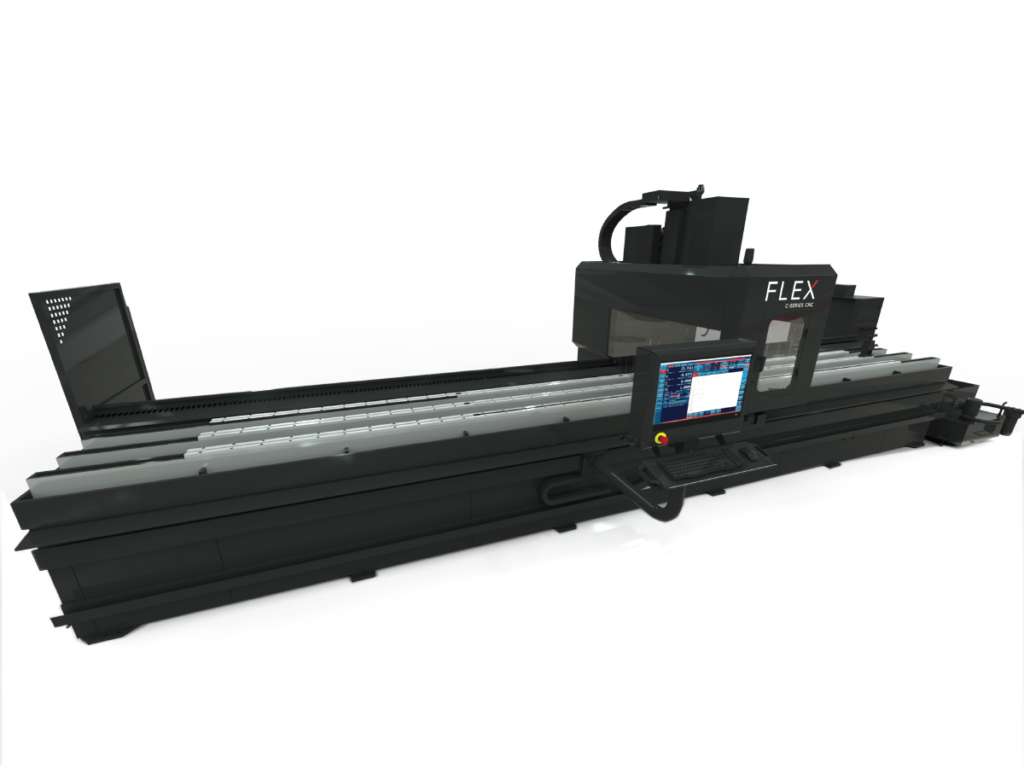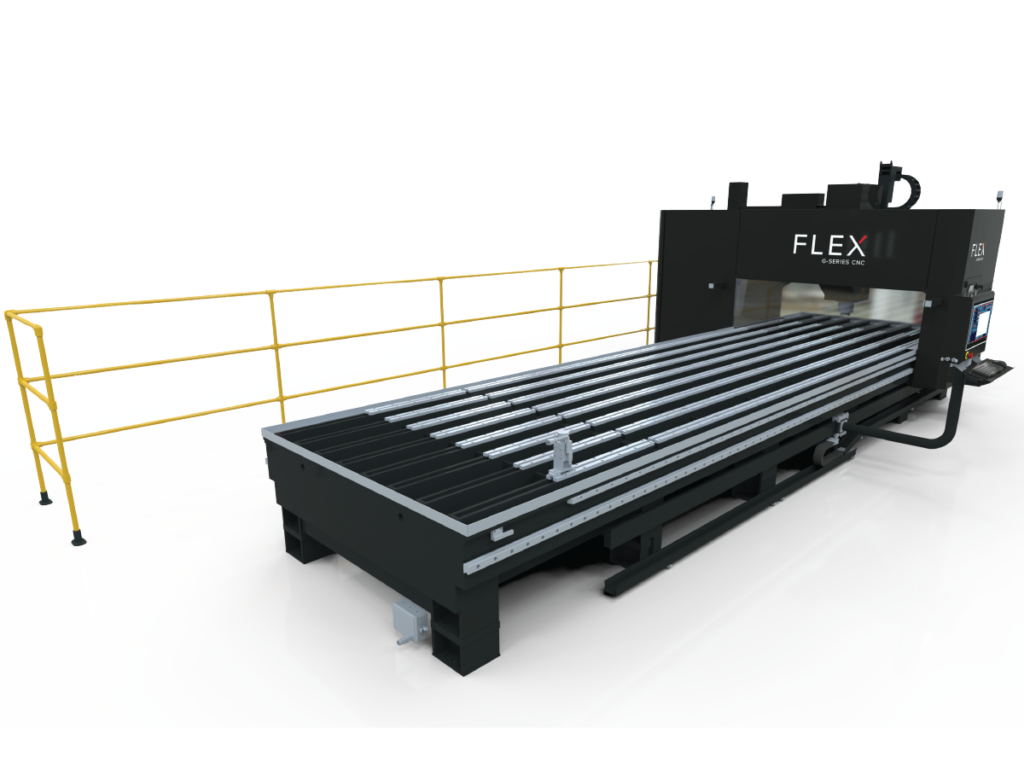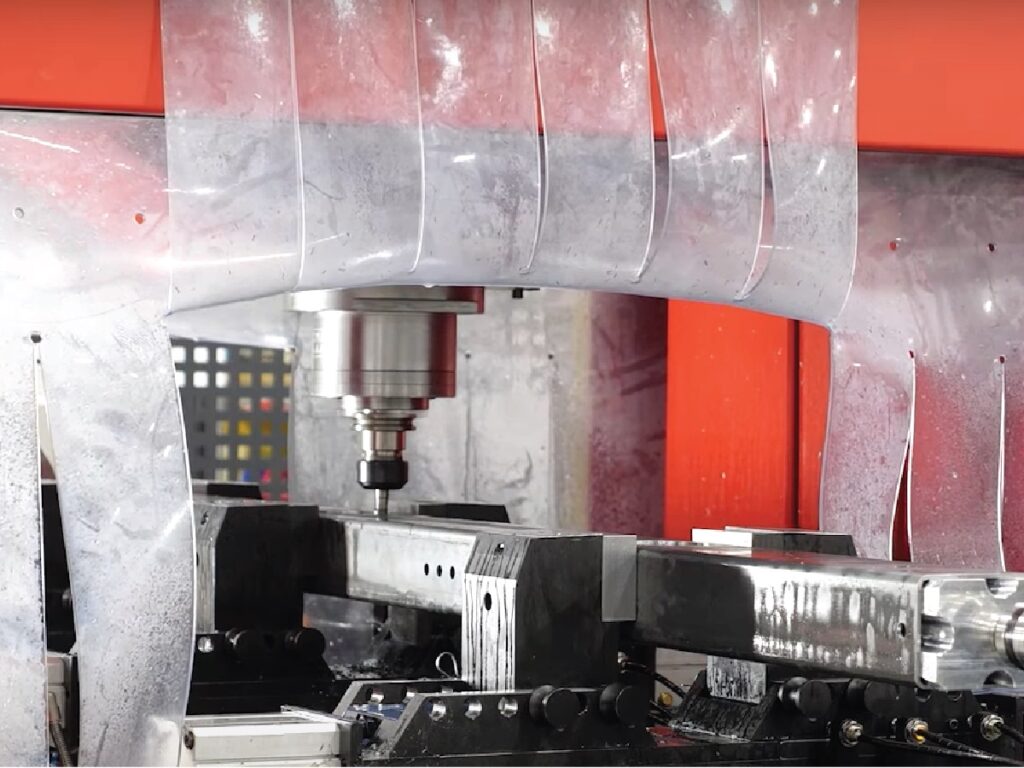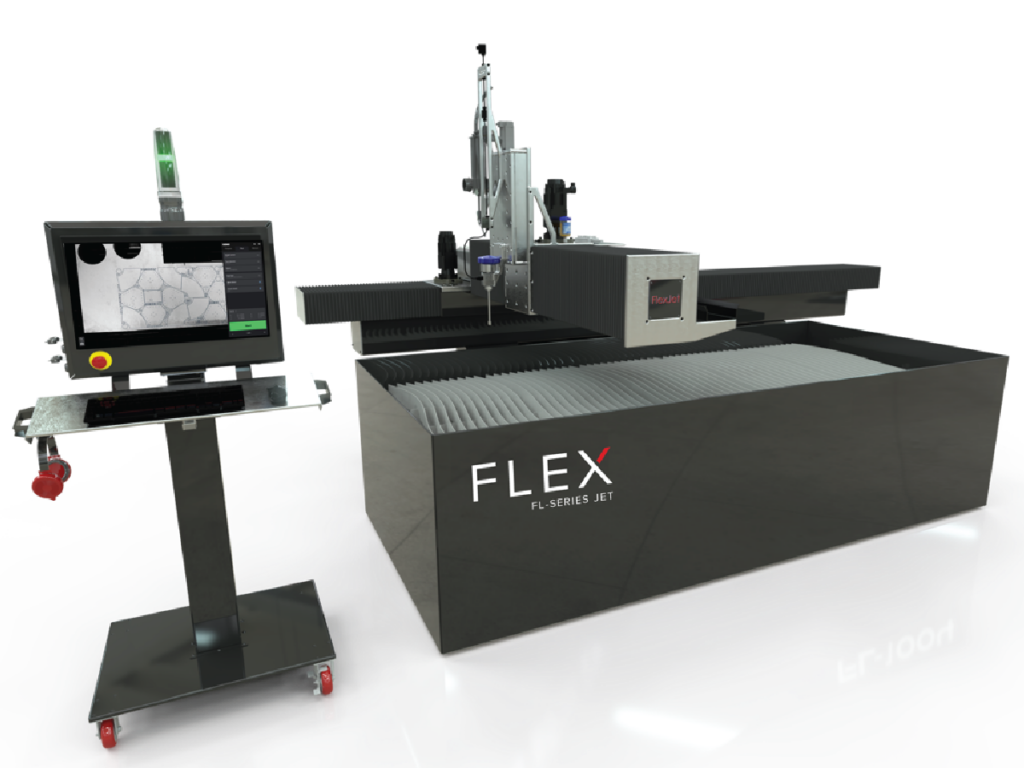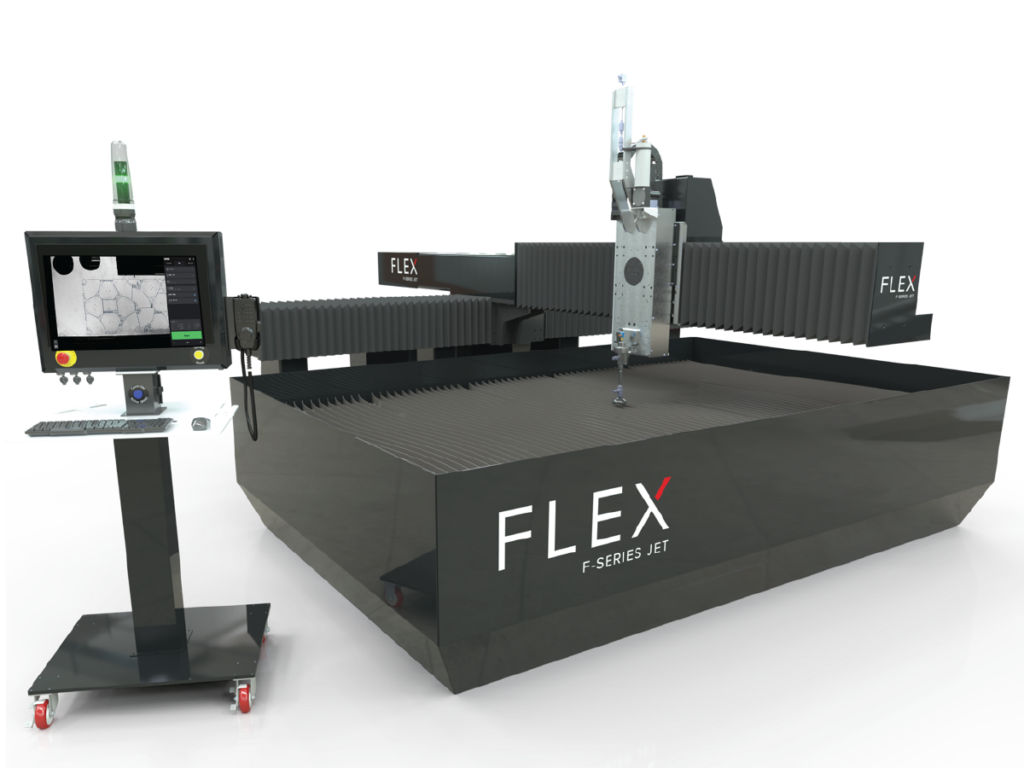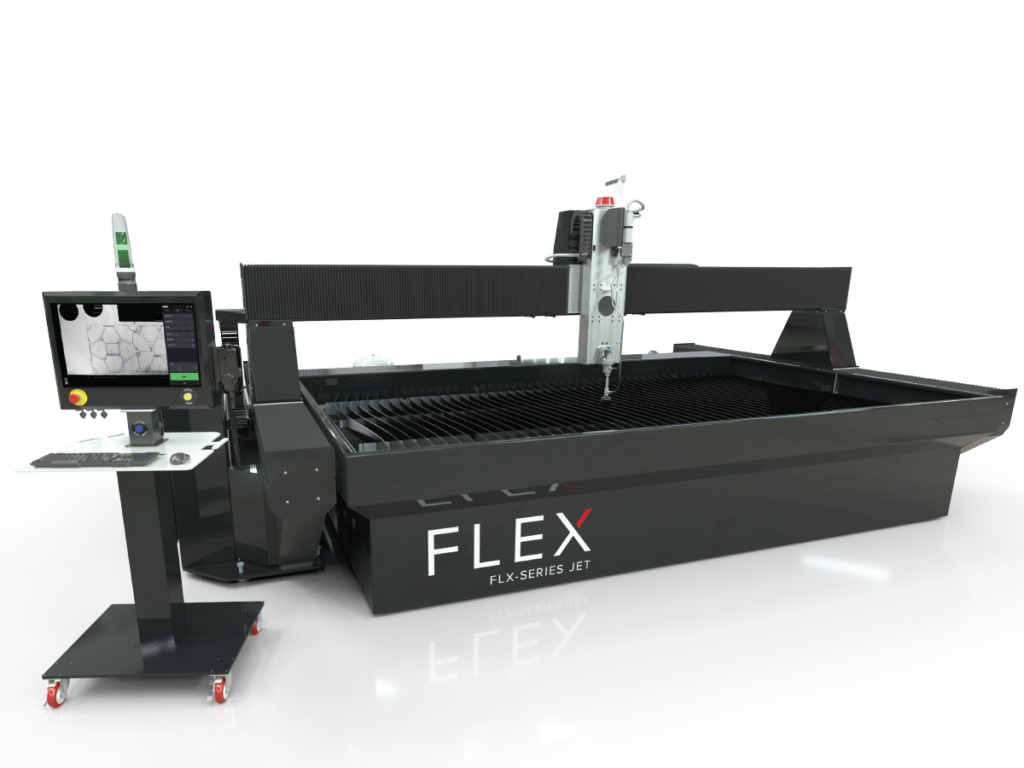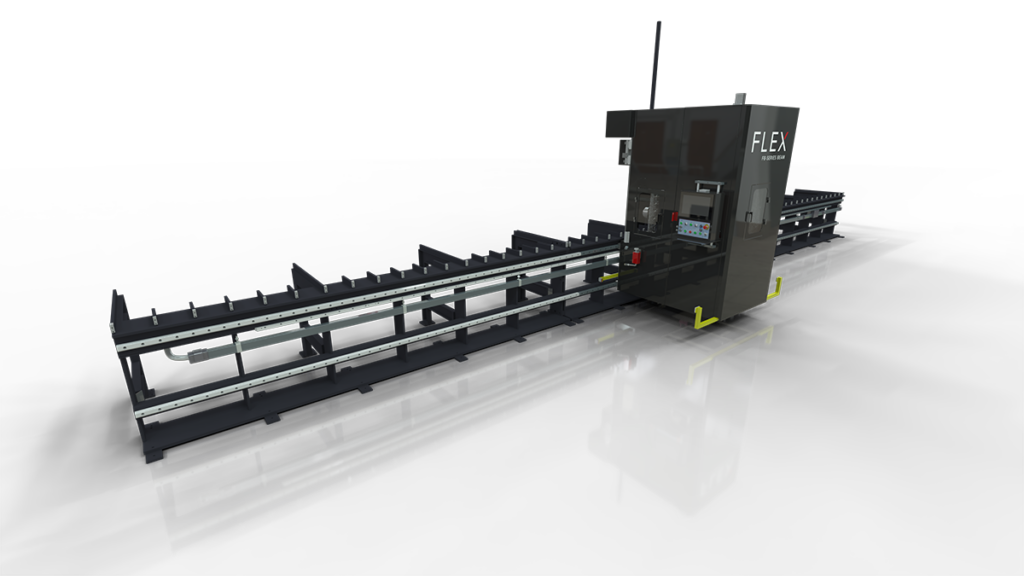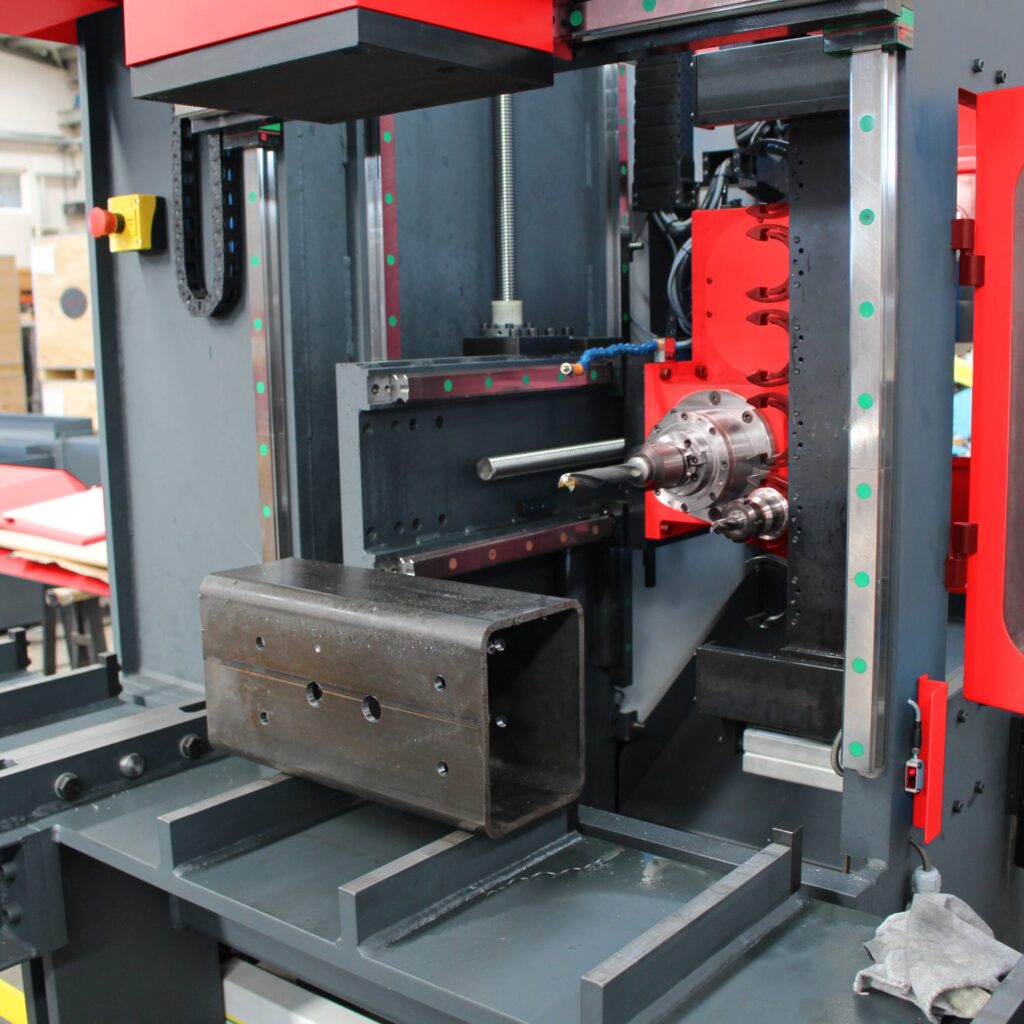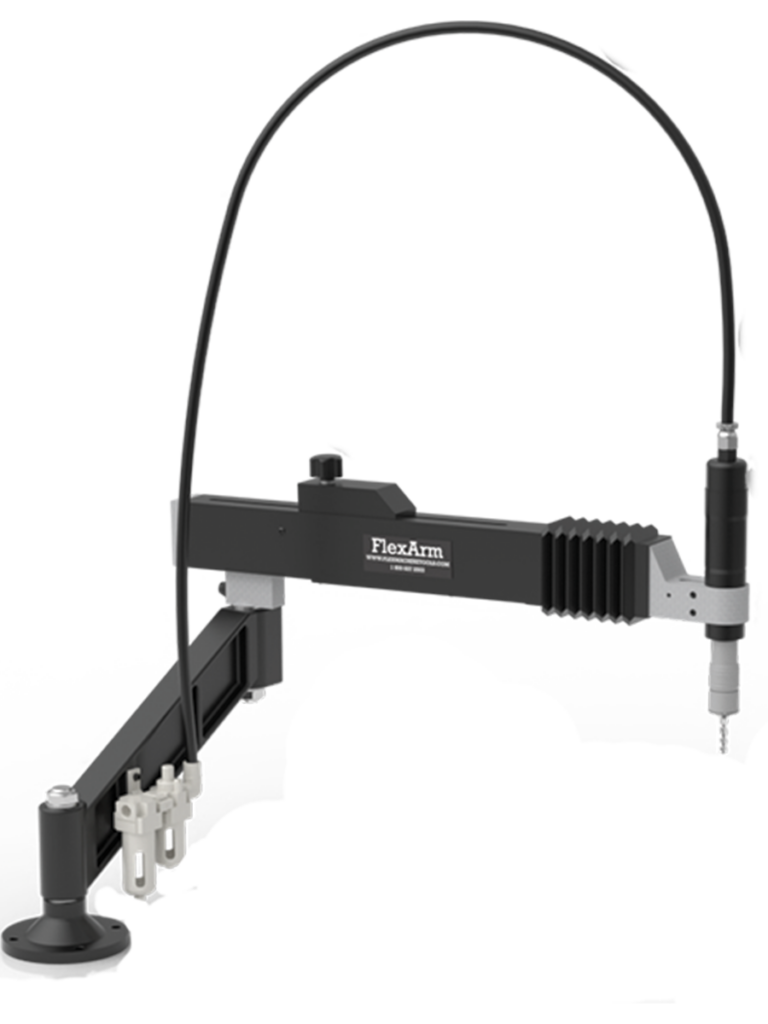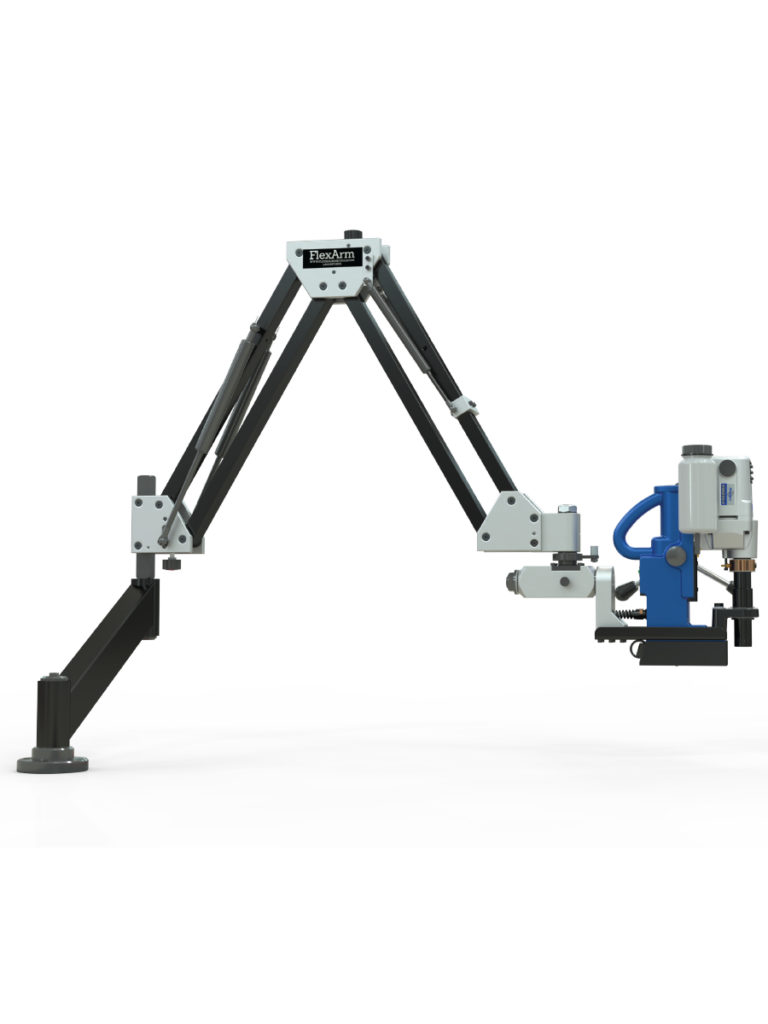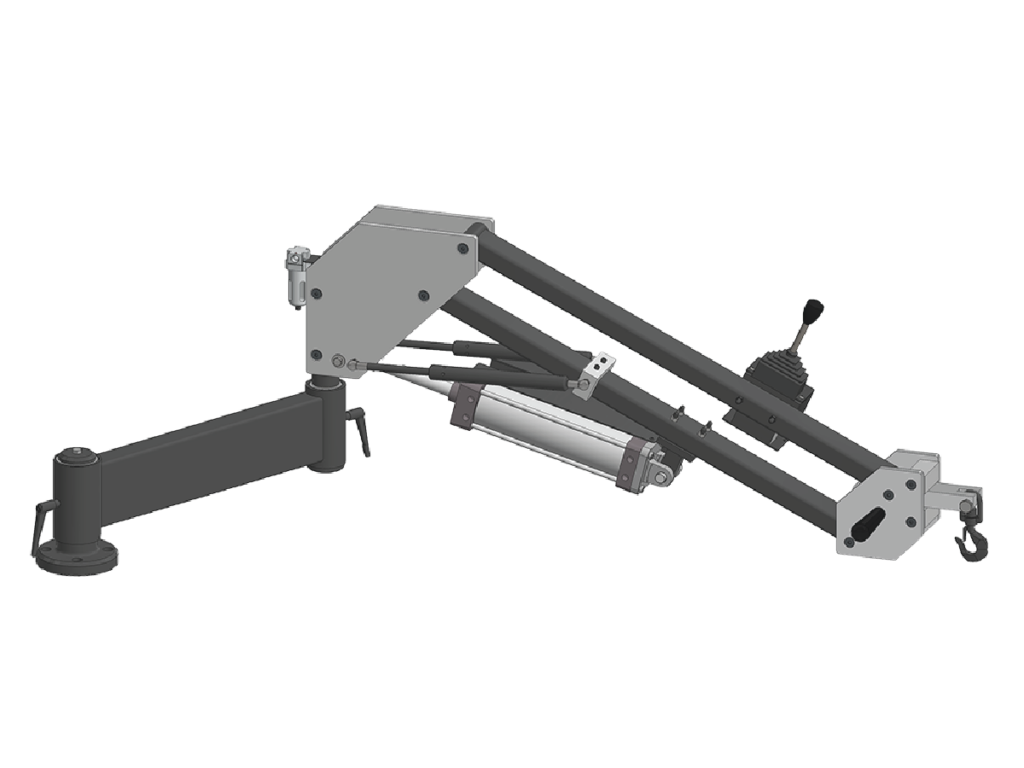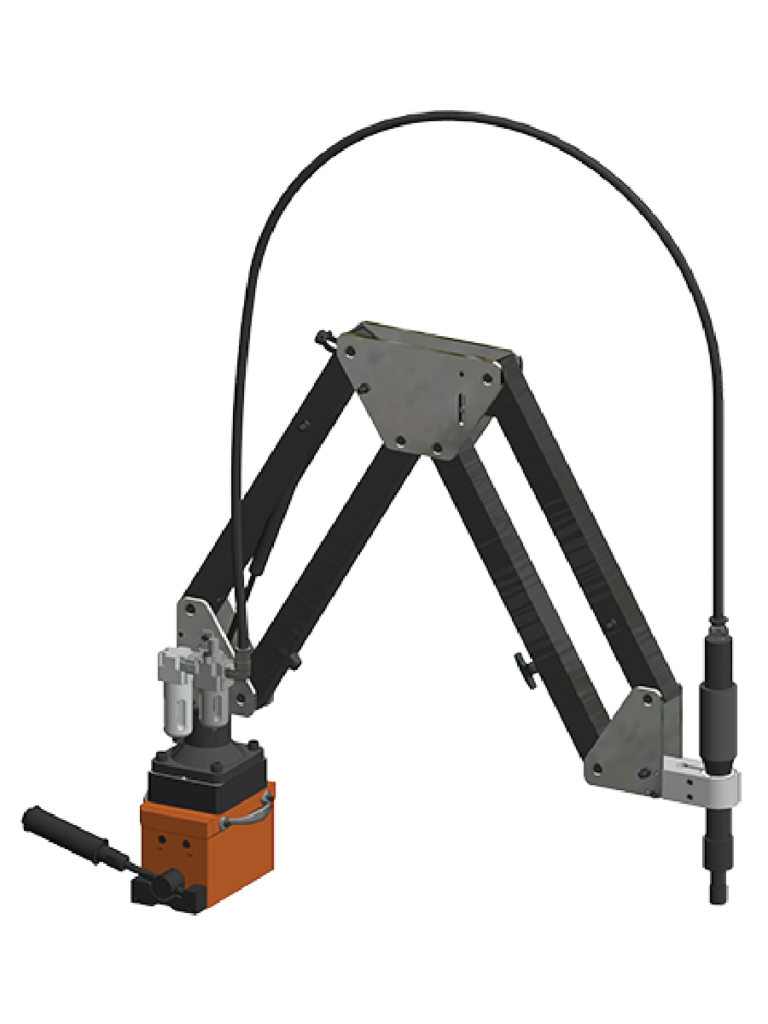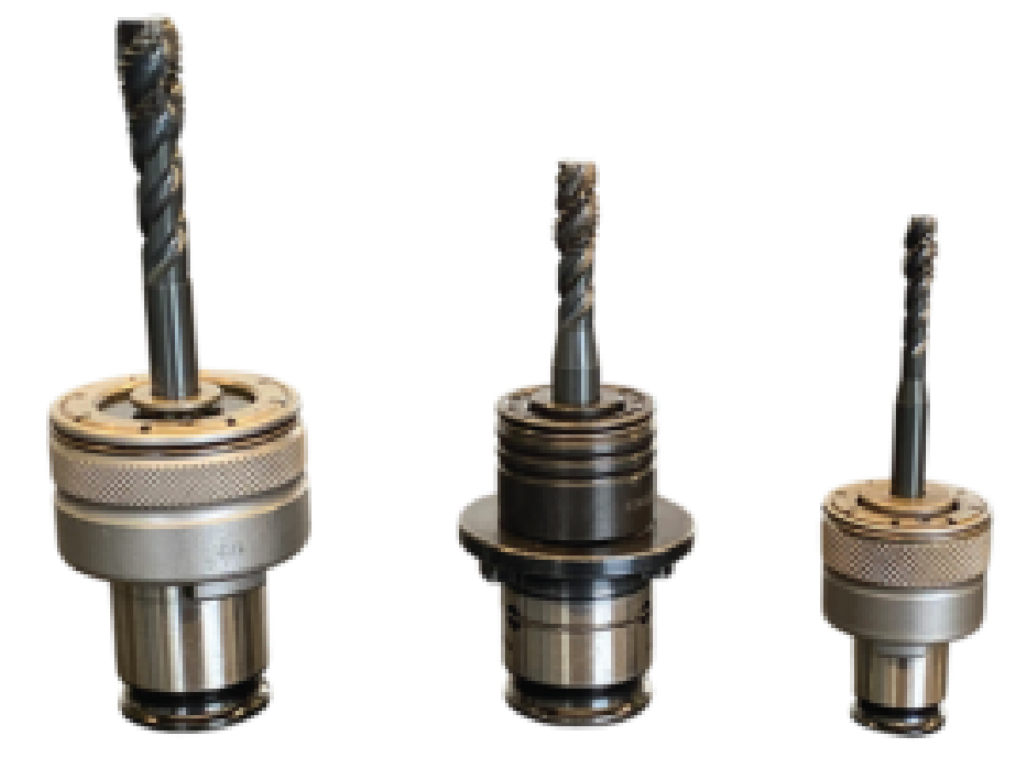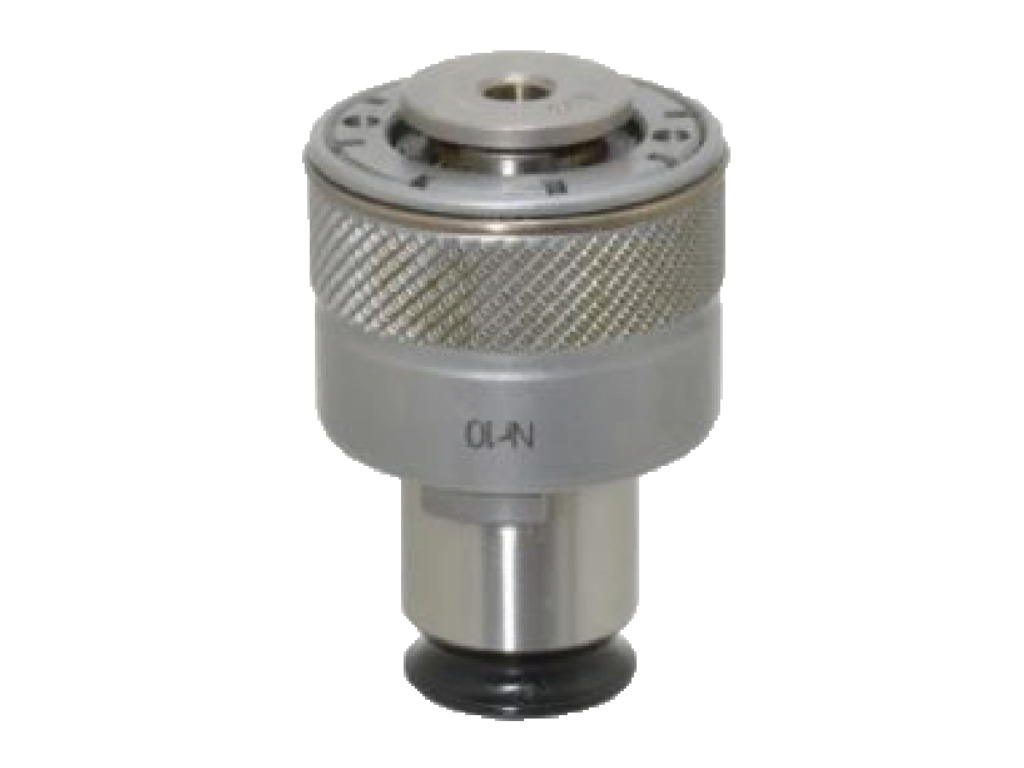The tool and die maintenance and repair department at Ford Motor Co.’s Woodhaven, Mich., plant sought a more efficient and speedy way to perform die maintenance, repair, and operations.
With 75 different sets of tools, 33 tool- and diemakers, and one multi-axis milling machine, the stamping plant had to perform most die grinding manually, and the duration depended greatly on how many years of experience the diemaker had.
TYPES OF REPAIRS, MAINTENANCE
Maurice “Moe” Markowsky, senior process coach, tool and die, said that the work varies, depending on the order. “They can be EI [engineering] changes, last-hit rejects, tool correction orders related to die wear… or let’s say you just finished running the tools and you notice you’re getting burrs, so typically that will require a cap weld. We may get what we call a Form 26, which is an assembly plant complaint.
“On our trim steels or our posts, we have to do some investigation. What rolled? What’s not as true? So we may do something as simple as a cap weld and then have to grind the surface back to its original condition.
Markowsky said that whether the order calls for adding metal to true up the post or remove metal, it involves grinding or welding and then grinding.
He described the traditional method of die grinding, called step grinding. “Picture the radius of a cylinder, like a paper towel. The way that you would have to grind it is that you would lay it on its side and weld it to a ledge shear—that’s the surface that you need to grind back to. Then you’d hold it up to a stationary grinder, turning that radius, biting it about 1⁄16 inch, 0.0040 or 0.0050 inch wide. You make your grind and then roll the cylinder 50 thousandths, make another grind, roll it 50 thousandths, and make another grind, roll it. You’re constantly moving the workpiece on a magnetic base to make the little bites, and when you’re done you blend it in by hand. It is a time-consuming and tedious process.”
One multi-axis milling machine is available for the operation but with so many dies and diemakers, it is not an option much of the time, he said. “You just don’t have the machining time to put everything up on a milling machine,” Markowsky said.
ENTER THE ARTICULATING ARMS
The company acquired several FlexArm Tapping and Assembly Solutions articulating die grinding arms to assist and expedite the die grinding.
The tool is a hand grinder fixed on an articulating arm equipped with die grinding tips. It is mounted on a magnetic base that can clamp to the die or table. The workpiece is fixed to a bench or a vise upright. The diemaker uses the articulating arm with grinder to manually apply pressure against the surface needing metal removal.
“So you’re moving that grinder tip along the workpiece as opposed to moving the workpiece around a spinning grinder. You’re moving the grinder tip and you can work it in a straight or circular motion,” Markowsky said. “It gives you nice control of the grinder. You’re just applying pressure and following the workpiece. It is much easier to move the arm than move the workpiece. With the FlexArm you’ve got the piece standing up and you can just keep working right around the whole piece because it sits in one spot. So it’s a lot quicker.”
Markowsky said that it is critical that the grinding tool be perpendicular to the workpiece—and that the articulating arm ensures that it is. “When you use the unit, everything is always straight, square, and level. That’s key to everything.”
CROSS GRIND
Markowsky said that after the surface is ground using the tool, it must be cross ground. “Especially in this new age of aluminum trim, we found that that is tremendously important to level the cutting face of the trim steel or the post. After grinding, you can feel small ridges with your fingers. The way to flatten those out is by cross grinding them. So you 45 [degrees] it one way and you 45 it the other way, knocking down the high spots.”
IN USE
The diemakers at Ford have used the articulating-arm grinder to cut the beads on a draw die as well as on trim dies. They use it on all of the trim dies, trim posts, and trim steels.
Making use of the magnetic base, the staff uses aerial cams and various post tip angles. “The panel will sit on the die, but not necessarily level. It might be tipped 15 or 20 degrees so that the automation equipment can get it in and out of the die. You just set up using plates and clamps. You can get that arm set at any angle that you need so that you’re grinding perpendicular to your cutting surface,” Markowsky said.
He described the device as a “steady arm,” and said that it gives the technician the ability “to act like a 3-axis milling machine.”
GRINDING IN THE PRESS
Markowsky said that one of the aspects that he thinks is most time-saving is that it can grind a die component while it is in the press.
“Years ago, in order to grind die components, you’d literally have to take that post off of the die to be able to access it and grind it freehand. Now we use the magnetic base and set it up on the B drivers or on the driving surfaces and get our perpendiculars.
“We save time by not tearing the die apart. We actually use the FlexArm and the magnetic base, set it on different angles, and work posts right in the die without removing them.”
Markowsky said that although the arm is especially useful for cylinders and radii, his staff uses it on any shape. “Any straight trim line die can be worked using the arm.”
FASTER, BETTER
The articulating-arm die grinder has increased the turnaround time of maintaining and repairing the dies exponentially, Markowsky said. So the company achieved what it set out to achieve. Productivity has improved greatly. “We have only one milling machine but 15 of these arms. Half my crew can use an articulating die grinding arm at one time if we need to.”
An unexpected byproduct of using the arm is that it has helped the shop meet another emerging challenge: the skilled tool- and diemaker shortage. Markowsky said that he can maximize the skill set of his existing workforce because a less-skilled worker can produce good work using the arm. “I have guys who grind freehand, but they’ve been doing it for 30 years. They just have that technique so mastered.
“With the arm, grinding skills don’t have to be as good because the tool takes that up for you; you just got better at grinding. It improves the individual’s skill set by 10 years. Now a guy who’s been in the trade only five or six years can produce the same quality work as a guy who’s been doing it for 30.
“It’s just a very good tool,” he added.
Ford Motor Co., www.ford.com

